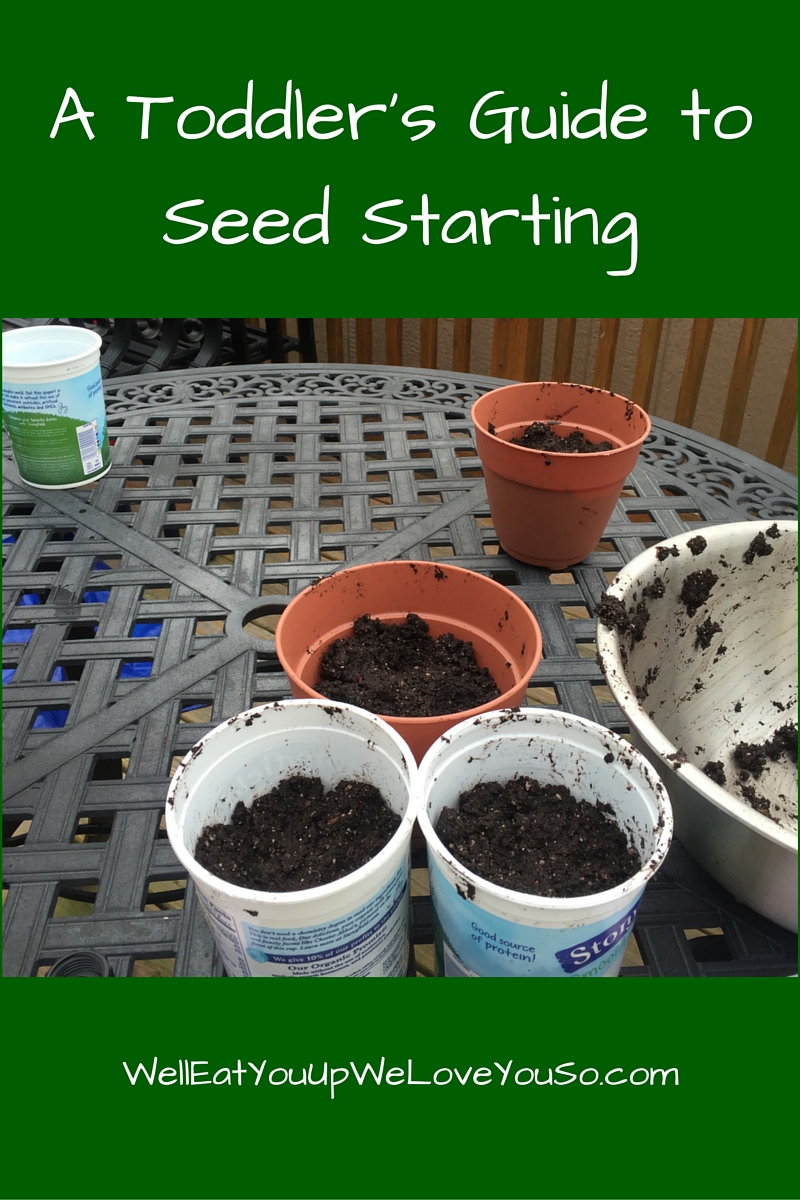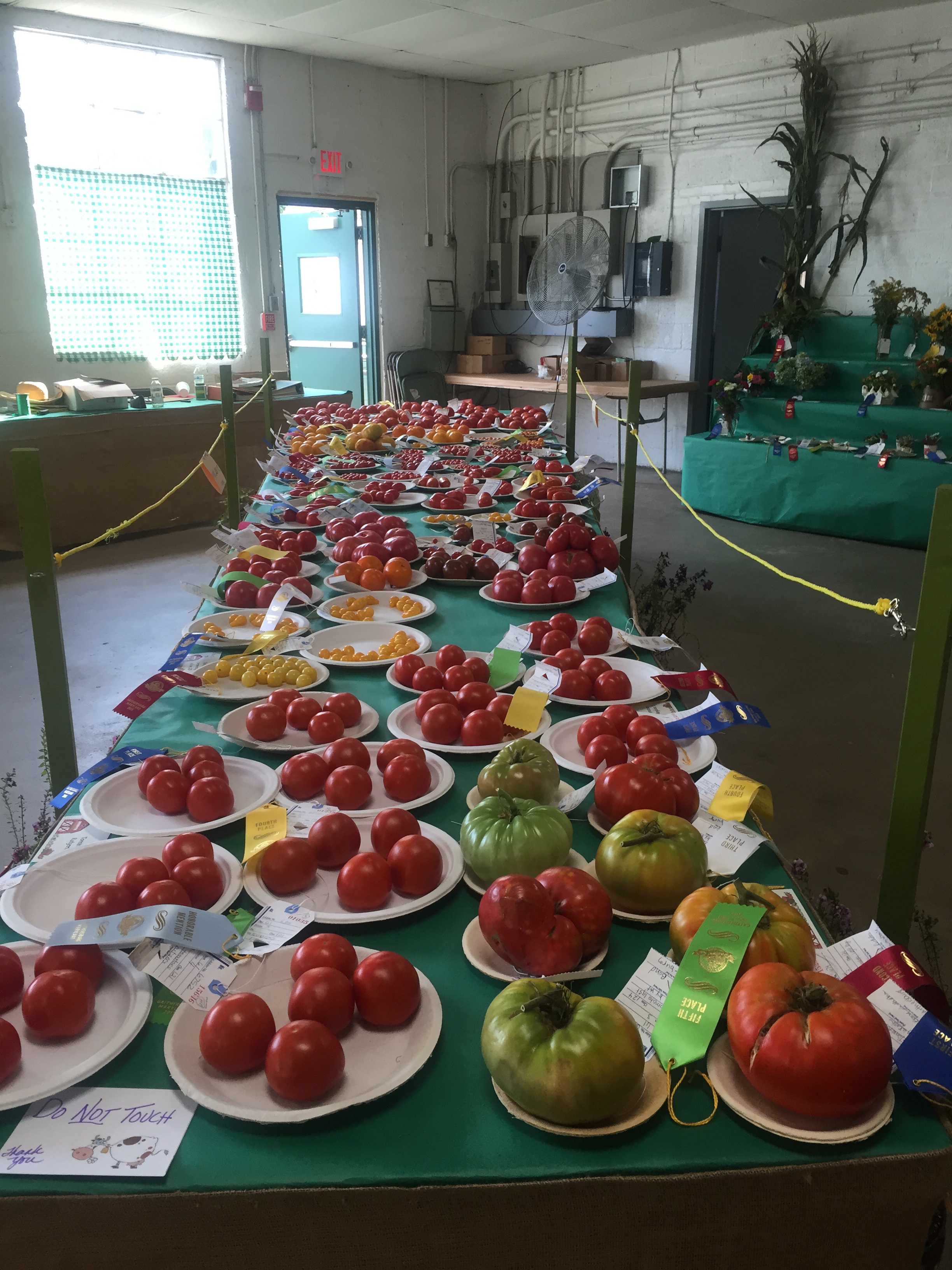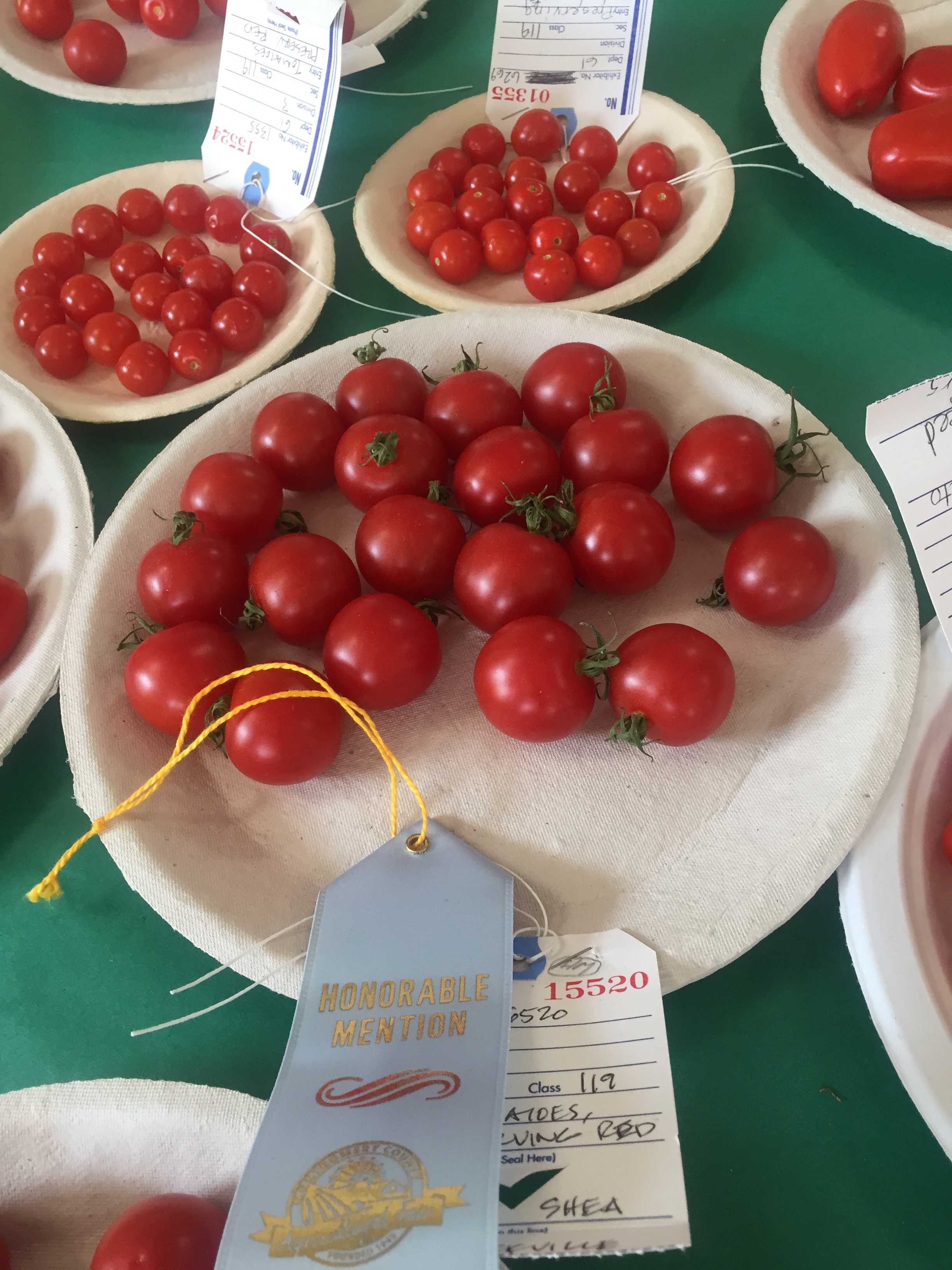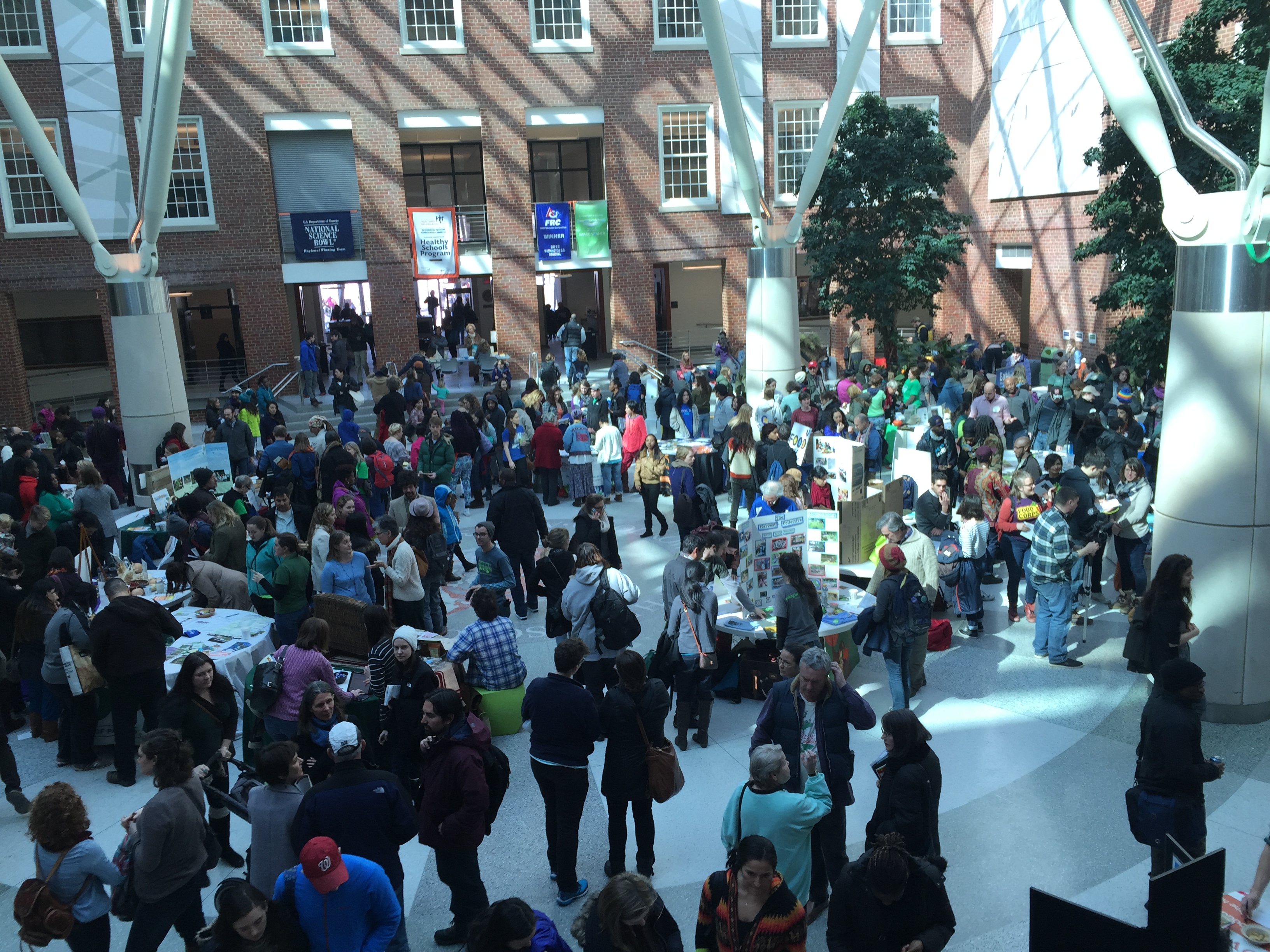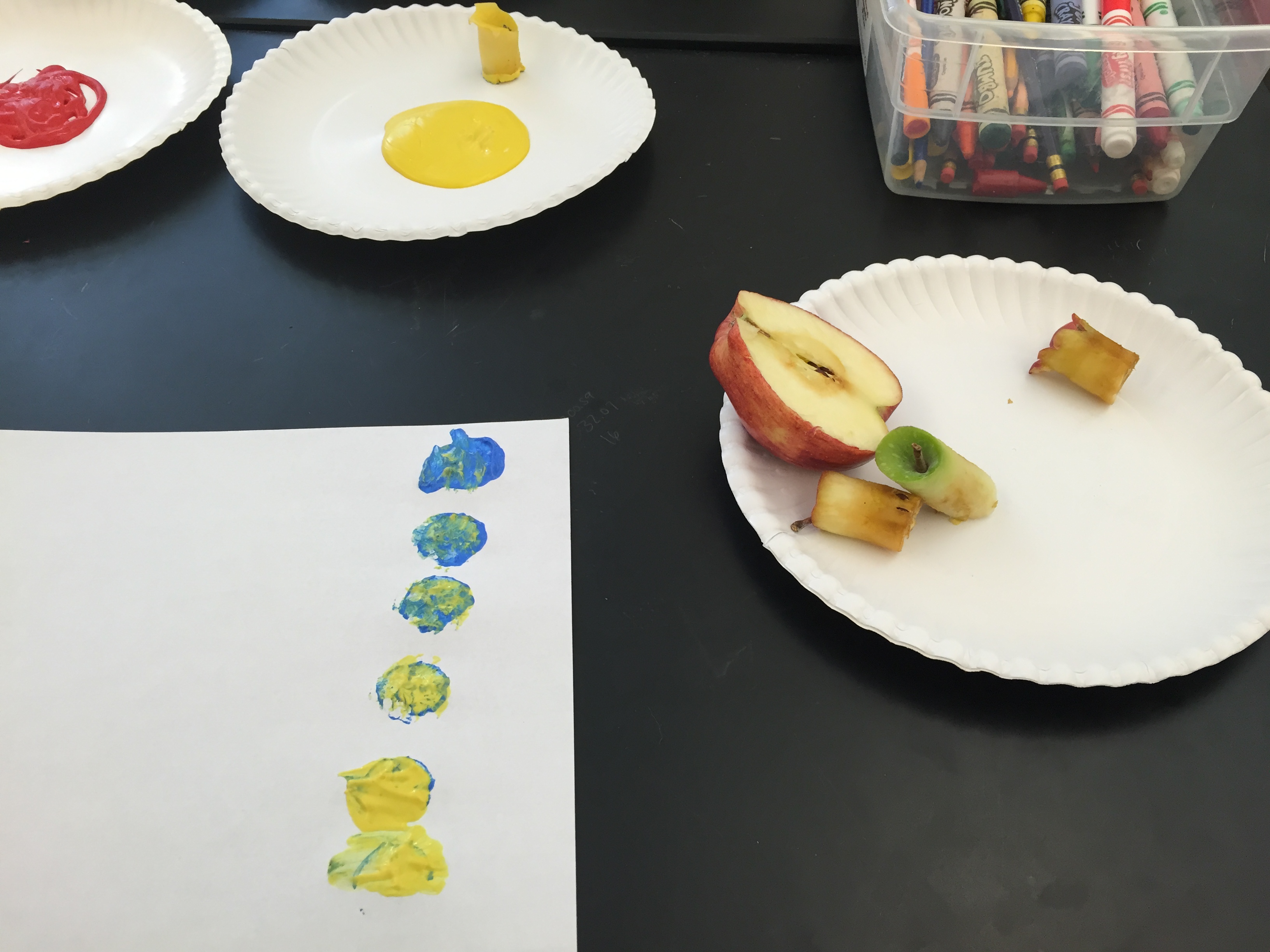Kids and dirt are natural companions. But while most moms discourage their toddlers from getting dirty, I purposely gave my kid a big bowl of dirt a few days ago. And over a white carpet, no less. The things I do in the name of permaculture and teaching my son about my passions.
The actual purpose of this disaster-in-the-making was to start seeds for my vegetable garden. I’ve been starting seeds for my garden for several years now and even started saving seeds myself. This year, I had tomato seeds and sweet potato starts saved from my garden as well as pepper, cantelope, and butternut squash seeds from vegetables purchased at the farmer’s market. The rest I bought from Southern Exposure Seed Exchange, which in addition to carrying organic, heirloom and regionally-developed seeds, has a lovely catalog with hand-drawn illustrations and stories about the selections.
While I could have planted my seeds by myself, I want to involve Sprout as much as possible in my gardening. Teaching children how to garden increases the likelihood of enjoying vegetables, gets them outside with all of the sensory benefits that involves, helps them feel more like they contribute to the larger household, and teaches them the valuable skill of growing food. Plus, gardening has taught me to be a better parent.
You can also use gardening to teach all sorts of academic skills, including math (counting seeds and measuring distances between plantings), biology (the growth of a plant), and social studies (where we get our food). Personally, I see it as an opportunity to teach ecological principles. In my garden, I practice permaculture, which focuses on working within ecological systems in ways that produce goods for people such as food. Through lasagna composting or gardening, where you layer several levels of organic matter together like leaf litter in a forest, I can demonstrate the importance of decomposition. With cover crops like clover or hairy vetch, I can show him on a practical level how nitrogen fixing works and why it’s essential to the ecosystem. Planting flowers that attract bees and butterflies can demonstrate how pollinators rely on plants and vice versa.
But as he doesn’t understand higher-level concepts yet, we’re mainly working on our fine motor skills. I started our gardening adventure with a big bowl of wet seed starting base. To prepare, I took my old seed starting pots – recycled yogurt containers with holes punched in the bottom – and sprayed them down with a bleach solution, then rinsed them in water. Because new sprouts are extremely vulnerable to mold, you have to minimize potential contamination if you plan to use them in the garden. It’s like sanitizing a newborn’s bottles. Then, I took the seed starting mixture from the garden store and soaked it in water. The soil needs to be thoroughly damp for starting seeds and I find it a lot easier to do that before planting the seeds rather than afterwards. Whenever I’ve done it afterwards I’ve ended up drowning them.
As I set this whole rigamarole up, Chris was giving me a bit of the stink-eye. Not that he didn’t want Sprout to participate in gardening, but he was highly skeptical of my confidence in containing the mess. I would have preferred to do this task outside as well, but as the temperatures were topping out in the teens, that wasn’t an option. As I laid out paper towels, I hoped my hope was more well-founded than his skepticism.
With my containers, starter, seeds, and masking tape for labeling, we startd the work of planting. Sprout’s main task was to move seed starting mix from a big bowl into the individual containers. With a bit of explanation and demonstration, he understood quite quickly. It must have tapped into toddlers’ love of moving stuff from one container to another. Tackling the job with gusto, he stuck his little hand in the giant bowl fully of mud and grabbed what he could. Picking up a small clump at a time, he shifted it from one container to the other with relatively little leakage. And he never purposely threw dirt.
After we filled a container up 3/4 of the way, I took several seeds and spaced them out around the top. Sprout then sprinkled a few more bits of dirt on top, which I smoothed out with my hand, making sure all of the seeds were covered but too deep. He actually was working so fast that I had to tell him to slow down so we didn’t bury the seeds by mistake. Then we handed it off to Chris, who wiped down the container and labeled it with the plant name.
As quickly as it started, it was over, with six containers of seeds to show for it. There was a lot of dirt on his crafts table, some on the mat underneath, and a little bit on the carpet. Most of the dirt that ended up on the floor was because he brushed it off the seat of his table in a mistaken but well-intentioned attempt to keep things neat. The main loss was the majority of a packet of tiny basil seeds that Sprout had mistakenly dumped. They were so hopelessly mixed in with dirt that retrieving them was impossible.
For his help, I gave Sprout a special present later in the day – the book Growing Vegetable Soup. Written and illustrated by Lois Elhart, who illustrated Chicka Chicka Boom Boom, it describes the process of vegetable gardening from start to finish, complete with comprehensive labels for every tool and veggie. I saw the book back when I was shopping for Christmas and decided I would put it aside until we actually started the gardening process. While he probably doesn’t understand the steps yet, I hope reading the book over and over again will improve his comprehension of what’s going on by this summer.
As we move forward, I’ll keep him in the loop of caring for the plants. According to my gardening book, “petting” seedlings makes them stronger, so that will be his job if he can be gentle enough. He also loves turning lights on and off, so I’ll let him pull the chain for the grow lights.
Starting seeds shares some elements of parenting a toddler: the mix of unpredictability, anticipation and potential for the future. It’s also taking a bit of a stand for hope as this brutally cold winter drags on. It reminds yourself that yes, I do believe that one day the warmth will return. It’s these little symbols that get us through the tough times – the image of one tiny seed, nurtured by love and water, eventually producing a wealth of delicious vegetables.
